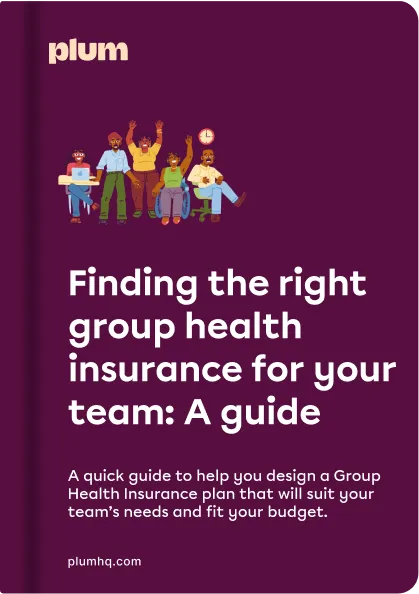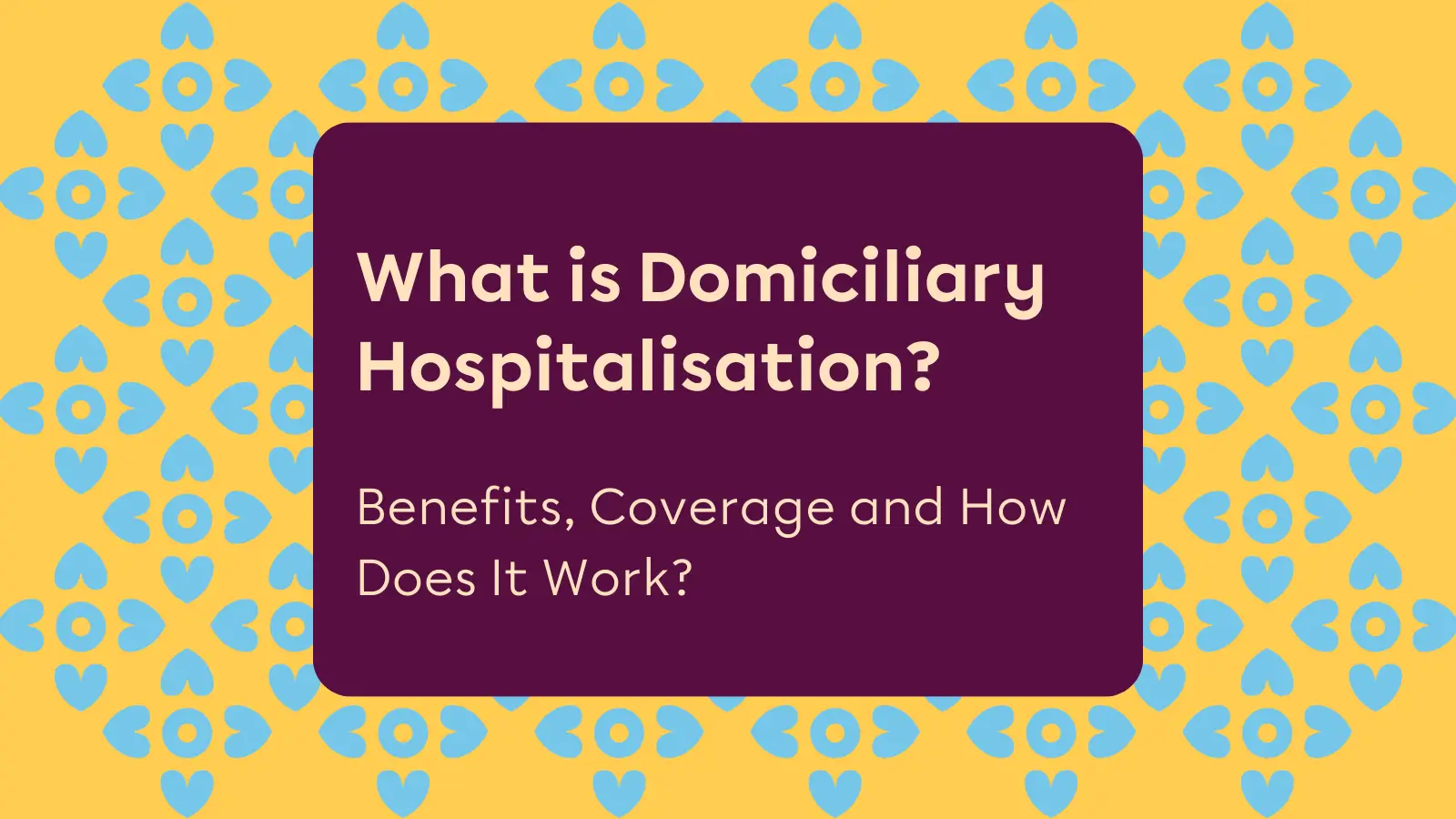All You Need To Know About Employee Health Benefits
If you were given a choice between a job that pays you well along with a bunch of fringe benefits and a job that pays you 30% more but without any benefits, which one would you go for? We’d go with the first one. You’d be surprised to know that actually 80% of the employees across the world too would choose a job with benefits over one with higher pay.
Now when it comes to the type of benefits, employees have a preference there too. 45% of them give maximum importance to the health benefits offered by a company, according to Justworks.
We know you’d rather spend time focusing on your business growth and customer satisfaction and dealing with operational tasks like benefits and payroll might not be very high up on your priority list. But there’s no denying that your employees are the backbone of your company. Happy employees lead to happy customers and that brings you business growth. So, thinking you can push operations and employee management to the sidelines is probably not the best idea.
To make this easier for you here’s all you need to know about offering health benefits to your employees and how you can go about doing it. Let’s first understand the government regulations that govern these benefits.
Employee Health Benefits: Indian Government Regulations
The rules and regulations for insurance in India are set by the Insurance Regulatory and Development Authority of India (IRDAI). According to IRDAI, any group i.e. business with 7 or more members or employees can get group health insurance but it is not mandatory for employers to provide this facility.
That being said, on 15th April, IRDAI released an order that stated that all organizations that resume operations post lockdown that was imposed due to the Coronavirus pandemic, must implement the Standard Operating Procedure (SOP) prepared by the authority before starting their functioning. A clause in that procedure stated medical insurance for the workers is to be made mandatory.
Whether or not your company falls under this criteria, providing health benefits to your employees is a must-have for any company that’s looking to build and retain a talented workforce. Here’s why providing health benefits is a valuable investment for you.
Why should you offer health benefits to your employees?
Here are 5 reasons why investing in Employee Health Benefits is a profitable choice.
- Health benefits are one of the key expectations that employees have from their jobs. So, you’re likely to be preferred by the prospect planning to join your company if you cover that base. Talented employees deliver better results.
- Absenteeism is 27% lower for those workers who follow a healthy diet and exercise regularly. Your employees are more regular at work and are mentally and physically active, so your company’s productivity gets a direct boost.
- Investing in employees’ health shows that you value their presence in the company. This builds their loyalty towards the company and also improves their morale. Therefore, they are likely to stay longer with you.
- Any premium you pay for employee health benefits is considered as a business expense and is non-taxable. So, you actually end up saving on taxes by investing in your employees’ health.
- Every company that’s certified as a ‘Great Place to Work’ has comprehensive employee benefits for their employees. If that’s where you see your company too, making the investment is a good start.
That brings us to the next big question: how do you find the right health benefits plan for your employees.
The Right Employee Benefits Plan: Factors To Consider
Narrowing down on a health insurance plan is a crucial business decision that directly impacts you and your employees. It can get overwhelming, especially with all the jargon involved. Here are a few things you should consider while deciding on a health insurance plan.
Coverage
A beneficial health benefits plan would always be more holistic in terms of the cover it provides. While making the choice, you should also consider the scope of the coverage. A good plan would include not just hospitalization charges, but also provide cover for pre-existing diseases and maternity and newborn care.
Coverage also means checking the list of hospitals and partner facilities covered in the insurance. More often than not, your employees can avail of cashless treatment at hospitals that are listed in the plans as partners. So, you’d want a list that has common facilities that your employees are likely to visit.
Lastly, given the present scenario, you’d also want to check whether or not the plans include COVID-19 cover. As the pandemic is spreading, being covered for Coronavirus treatment costs would definitely give your employees some peace of mind.
Cost
You’d also want to compare the premium cost for plans from different insurance providers and choose based on your budget. If you are planning to copay the cost of premium with your employees, you should also consider that the plan is not offering you a low cost while burning a hole in your employees’ pockets. Consider the cost of the plan for both you and your employees.
Customer Service
A common pain point for employees is that they find it extremely confusing and cumbersome to manage their health insurance policy. They don’t know how to apply for claims, how to enroll, and feel that even though they have the benefit, they’re unable to utilize it. So, when you decide on the plan, understand the customer service process your insurance company has established. Additionally, you can also check out customer reviews about their service to understand their process better.
Add-Ons
Gone are the days when health benefits meant only providing health insurance. Now companies think of the holistic health and wellbeing of their employees. That means that you’d want to go for a plan that has additional benefits like dental care, annual health checkups, doctor consultations in order to provide comprehensive health benefits to your employees.
But you’re still not there. You also need to make certain decisions to solidify how your health benefits plan looks.
Designing Employee Health Benefits
When you are designing health benefits for your employees, you need to consider your budget and take a call on the scope of the plan you offer. This involves 4 crucial decisions:
Type of Coverage
First and foremost, you need to decide where you’d want to cover just your employees or would like to extend the benefits to their families too. You have three options to choose from:
- E - plan: Covers employees only.
- ESC - plan: Covers employees, spouse, and up to 4 dependent children.
- ESCP - plan: Covers employees, spouse, up to 4 dependent children, and 2 parents.
Sum Insured
Sum insured is the maximum amount your employees can claim under the policy for their health expenses. The more the sum insured, the higher will be the premium costs.
Add Ons
Employee health benefits plans come with an array of choices for add-ons that you can provide along with the health insurance. It’s upon you to choose which ones to go for. In terms of priority, we’d recommend you to cover things like OPD consultations, health checkups, dental care first. Then move on to benefits like mental health sessions, fitness memberships, etc. It all depends on your budget and what is included in the benefits package that the service provider is offering.
Limitations and Waiting Periods
This is one of the most crucial decisions you make while designing your employee health benefits plan. A provision of group health policy, which you’d not find in the individual insurance policy is that it allows you to do away with waiting periods. You can cover pre-existing diseases from day one and start the cover as soon as you buy the policy for your employees. If budget permits, we’d highly recommend you to go for a plan that helps you do away with cover limitations and waiting periods.
Employee Health Benefits By Plum
At Plum, we’ve given you the choice to customize your plans according to your budget. All you need to do is share your requirements with us through the Plum Instant Premium Calculator, select the options that suit you, and get an instant quote for the premium. Choose from a range of add-ons including dental care, OPD, annual health checkups, personal accident cover, fitness membership, mental wellbeing care, etc!

.png)




